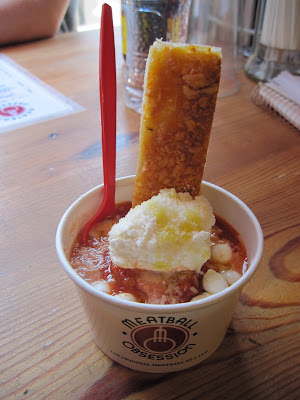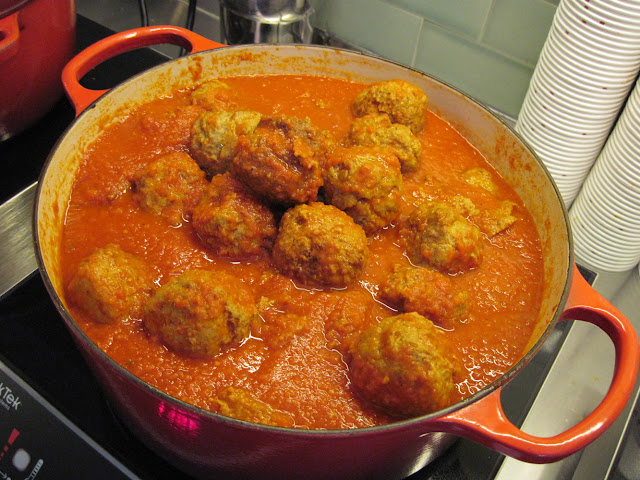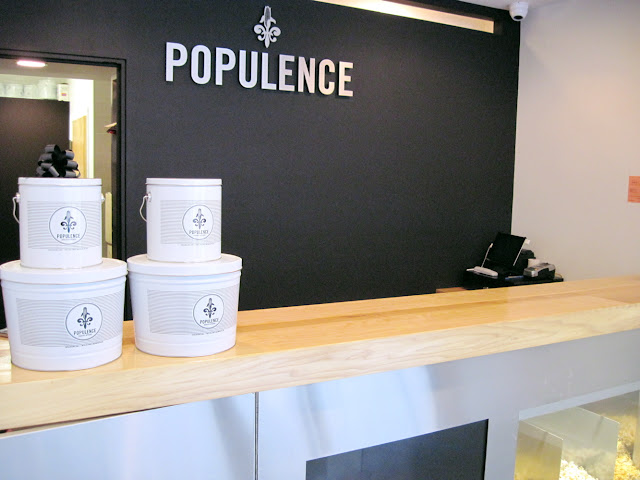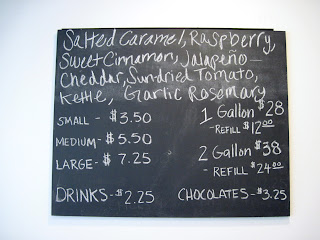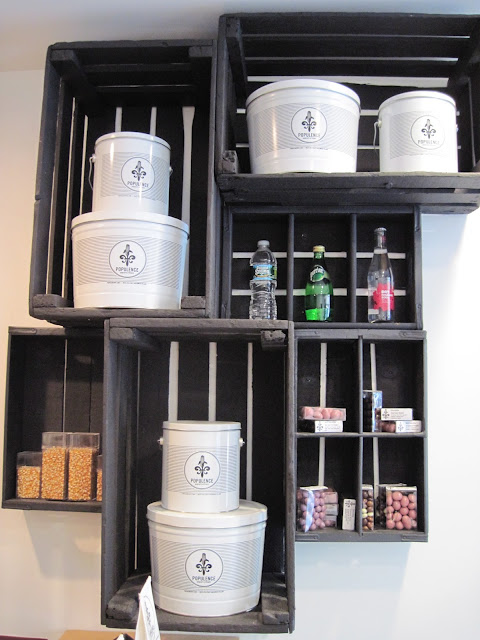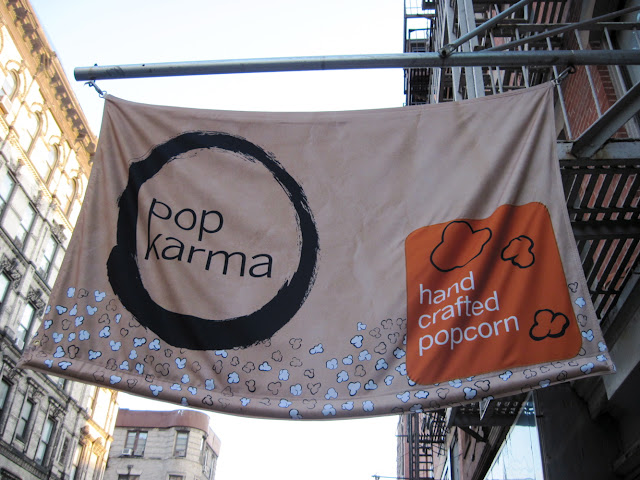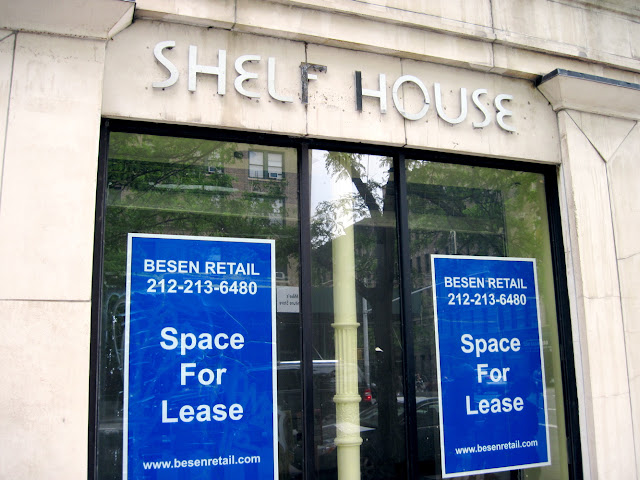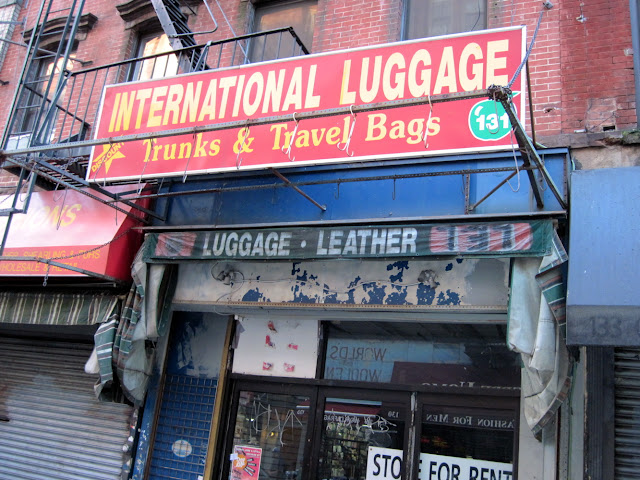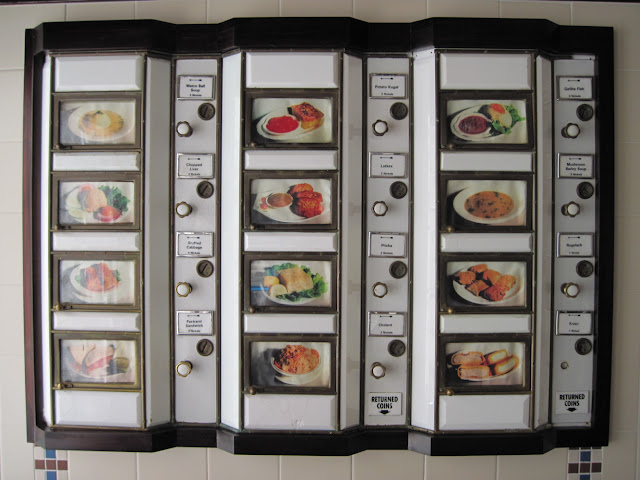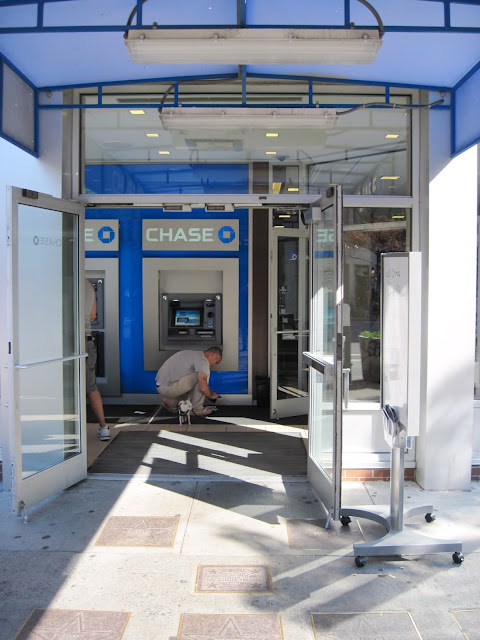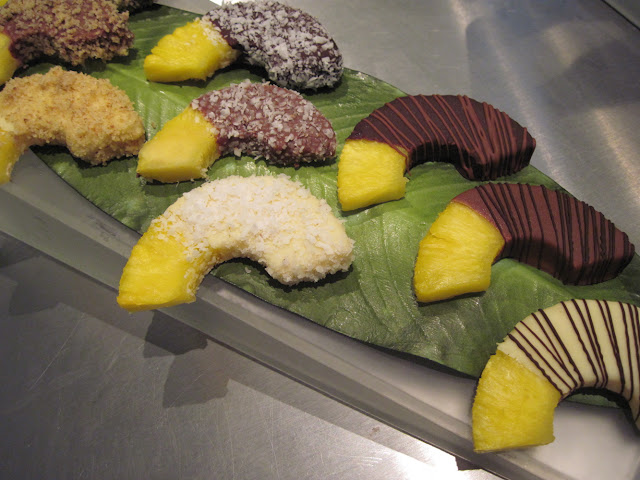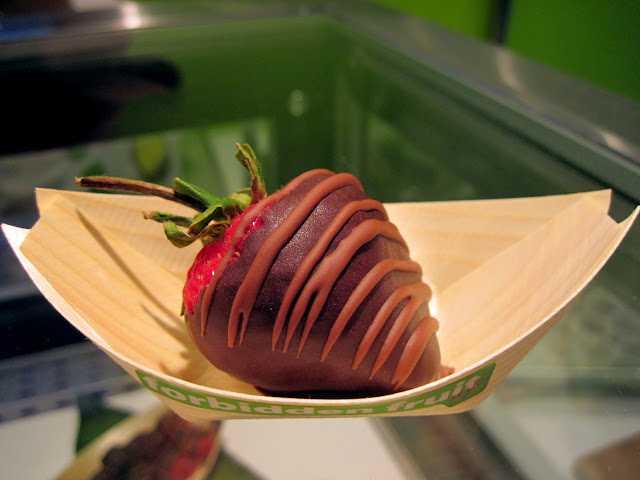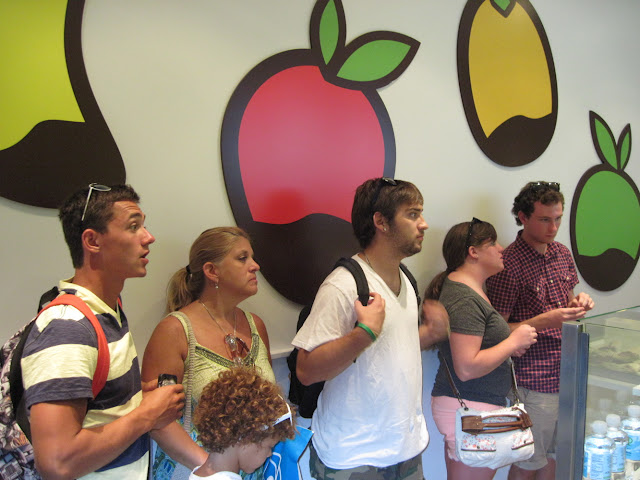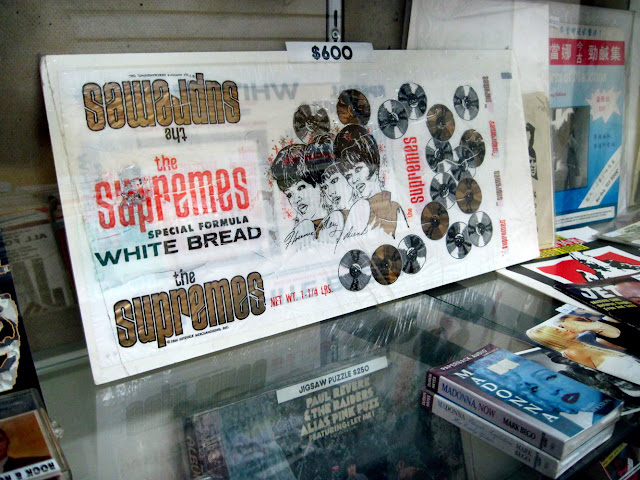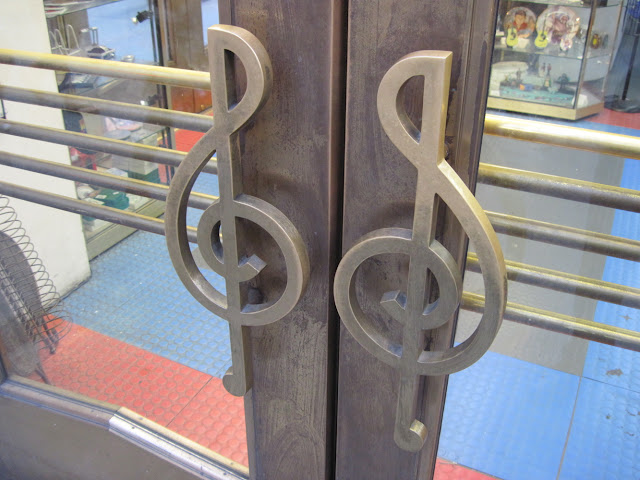The angels appeared to be tooting, but there was no way I
could have heard them, what with all those other people chattering away on our
branch.
Still, I couldn’t help liking my afternoon in the tree, even
if I couldn’t help expecting an icicle to fall and puncture my head.
Anyone who will listen knows that I get sick of the holiday
season around the time that the first bag of candy corn arrives at Duane Reade.
I blame this on years of working at newspapers where every story written after Labor
Day began: “Christmas came early for...”
I used to look forward to going to, say, Rockefeller Center.
Now I almost look forward to not going to it. But Bob Maisano said his place is
different. He said I must come see it. And he was right. Christmas came early
for me, at Rolf’s German Restaurant.
Rolf’s is not a restaurant with a Christmas tree. Rolf’s is
a Christmas tree with a restaurant. It is a place packed with ornaments,
lights, fake pine, fake ice, and fake snow, such that you don’t feel like you’re around a
tree; you feel like one’s around you.
The dominant feature are the ball ornaments, in clusters of
red and gold. Also the icicle ornaments, aiming squarely at your head. Also the
tiny lights, of which Bob says there are 85,000. Every feature is dominant.
Everything glistens or glitters or glows.
Walk around, if you can, and you’ll pick out the dolls and
the sleighs and the tooting and fiddling angels, and maybe the three Santas
swigging Merlot. And none of it’s junk. That is, none of it’s cheap. Bob says
that the thousands of pieces are mostly nineteenth-century German
antiques.
Last year, I chatted with Bob on a sultry summer’s day, when
the crowd at Rolf’s, besides me, consisted of Bob. When it’s hot, people withdraw
from jaeger schnitzel and smoked bratwurst. That’s why Rolf’s needed Christmas.
That’s why Christmas there lasts for three months.
It wasn’t like that in 1968, when Rolf Hoffman opened the
place. Back then, the patrons were satisfied with glowering waitresses in
dirndls. It was Ben House who decided to fortify the holiday décor when he and
Bob took over, after Rolf died in 1981.
Ben started off cheap. Bob says his taste ran to dollar-store silver garlands and animated polar bears swigging martinis. “You wouldn’t know if it
was a restaurant or a store that sold Christmas decorations,” Bob says. “He
loved Christmas decorations. … It seemed like the business was secondary to
that.”
Ben died in 1996, and Christmas fell to Bob. He bypassed the
dollar stores in favor of New England antique barns. He added stuff each year,
and his tree became a destination. “If we didn’t have this Christmas here,” he
says, “we wouldn’t have this business here.”
Rolf’s perked me up, at least until I hear “Grandma Got Run Over
by a Reindeer.” And perking people up, Bob says, justifies the six weeks of
installation.
“Maybe they had a bad time somewhere. Maybe they had a bad day at work. And at least they walked in here and had a moment of happiness.”
“Maybe they had a bad time somewhere. Maybe they had a bad day at work. And at least they walked in here and had a moment of happiness.”
Find happiness at
Rolf’s German Restaurant, at 281 Third Avenue, between 22nd and 23rd
streets, in New York City.












